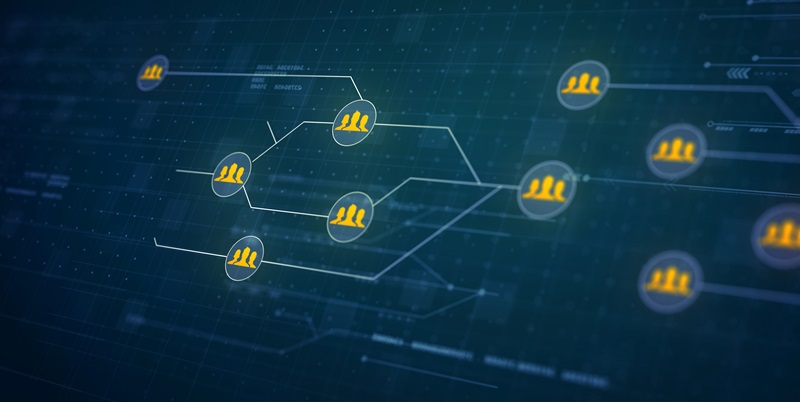In today’s highly competitive business landscape, understanding and effectively targeting customers is crucial for success. One powerful tool that aids in this process is customer segmentation, which involves dividing a broad customer base into smaller, more manageable groups based on specific characteristics or behaviors. Customer Data Platforms (CDPs) play a pivotal role in this segmentation process by providing businesses with a comprehensive view of their customers.
Understanding Segmentation
Segmentation is the foundation of targeted marketing efforts, allowing businesses to better understand their customers and tailor their strategies accordingly. By analyzing customer demographics, psychographics, purchase behaviors, and other relevant data points, businesses can group their customers into distinct segments. This segmentation enables businesses to create highly targeted marketing campaigns that resonate with specific customer groups.
The Role of CDPs in Segmentation
CDPs revolutionize the segmentation process by providing businesses with a centralized repository of customer data. By integrating data from multiple sources such as CRM systems, web analytics, and transactional data, CDPs offer a holistic view of customers. This rich data helps businesses gain deeper insights into customer preferences, motivations, and interests, leading to better segmentation strategies.
Creating Highly Targeted Segments
With the wealth of data at their disposal, businesses can create segments based on specific criteria such as geographic location, age, income level, purchase history, and browsing behavior. By using advanced analytics tools provided by CDPs, businesses can delve deeper into customer data to identify nuanced characteristics and behaviors that contribute to creating effective and highly targeted segments.
Refining Segments with Real-Time Data
One key advantage of CDPs is their ability to continuously refine and update segments based on real-time data. By integrating real-time data sources such as mobile app interactions, social media engagement, and website visits, businesses can adapt their segmentation strategies on the go. This flexibility allows businesses to stay responsive to evolving customer behaviors and preferences, ensuring their marketing efforts remain relevant and effective.
Transitioning to Targeting
Once the segments are defined, businesses can shift their focus to targeted marketing campaigns. Targeting involves delivering customized messages and offers to specific customer segments. CDPs play a vital role in this stage by enabling businesses to automate the delivery of targeted messages across various communication channels such as email, social media, and mobile push notifications.
Tracking and Measuring Effectiveness
CDPs also provide businesses with robust tracking and measurement capabilities. By closely monitoring customer responses to targeted messages and analyzing their behaviours, businesses can gain valuable insights into which messages resonate with each segment. This iterative process allows businesses to optimise their targeting strategies and improve overall marketing performance.
Gaining Insights and Optimization
By leveraging the power of CDPs, businesses can gain valuable insights into customer preferences, buying patterns, and engagement behaviors. These insights help shape future marketing campaigns, product development strategies, and overall business decision-making. The data-driven approach facilitated by CDPs empowers businesses to continuously optimize their targeting strategies, stay ahead of competitors, and foster stronger customer relationships.
In today’s hyper-competitive business landscape, leveraging the capabilities of customer data platforms is no longer a luxury but a necessity for success. By utilizing CDPs for segmentation, businesses can unlock the power of data to understand their customers better, create highly targeted segments, and deliver personalized messages. The ability to refine segments based on real-time data and measure the effectiveness of marketing efforts allows businesses to continually optimize their strategies. With CDPs as an essential tool, businesses can maximize their marketing performance, improve customer engagement, and ultimately drive success in an ever-evolving marketplace.

